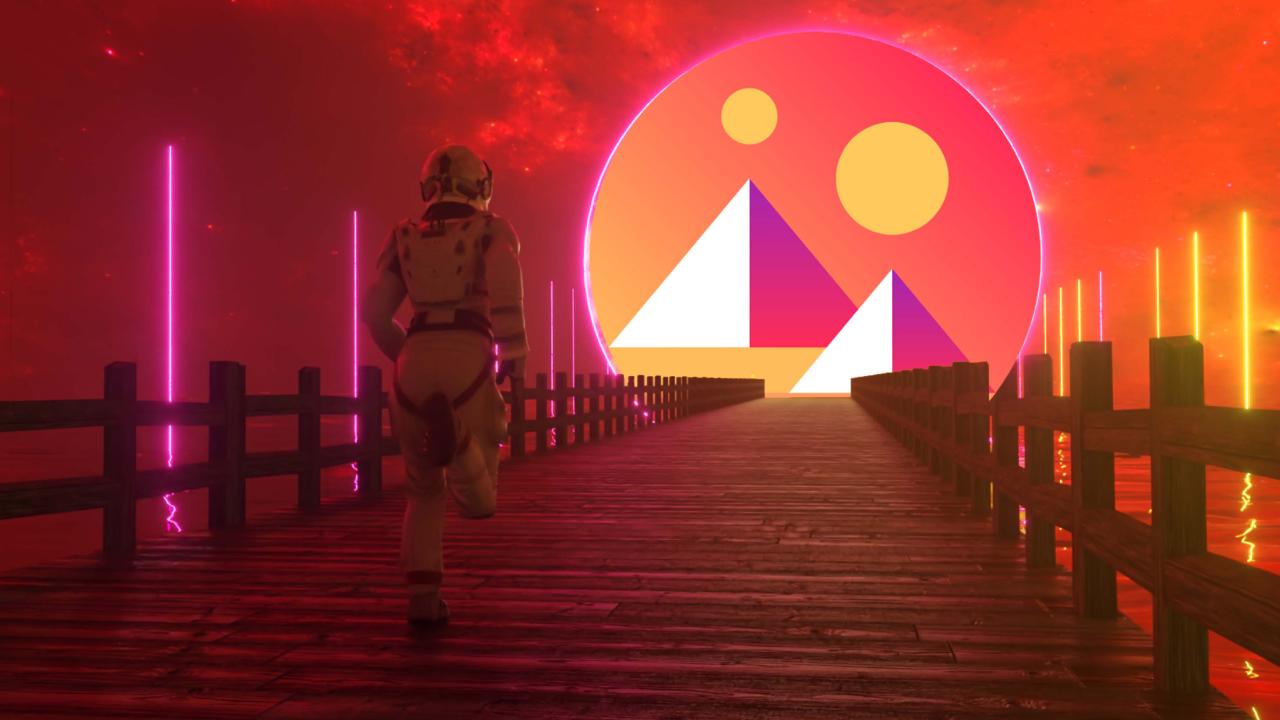What is Decentraland (Mana)? A Beginner’s Guide
A software running on Ethereum that aims to encourage a global network of users to govern a shared virtual environment.
By Staff
Decentraland is a software running on Ethereum that aims to encourage a global network of users to govern a shared virtual environment.
Users of Decentraland can explore, engage, and play games in this virtual environment while buying and selling digital real estate. Users may now use interactive apps, in-world payments, and peer-to-peer communication thanks to the platform’s evolution.
In Decentraland, operations are governed by two tokens.
These are:
LAND: A non-fungible token (NFT) that is used to define the ownership of digital real estate land parcels.
MANA: A cryptocurrency that may be used to buy LAND and other virtual products and services in Decentraland.
Changes to the Decentraland software are made possible by a network of blockchain-based smart contacts that allow MANA owners to vote on policy modifications, land auctions, and new development subsidies.
The Advent of Decentraland
The Decentraland Foundation, the organization behind the development of the Decentraland software, was founded by Esteban Ordano and Ariel Meilich in 2015.
In 2017, the Decentraland team performed an Initial Coin Offering (ICO) to raise 86,206 ether (about $26 million at the time) to fund its future operations. The Foundation, which owns 20% of the initial token supply, is also in charge of intellectual property and the Decentraland website.
Decentraland established a decentralized autonomous organization (DAO) to hand over project control to its users before launching its platform. Furthermore, the founding team claims to have deleted the private key that controlled Decentraland’s smart contract.
How does Decentraland work?
The Decentraland application is built to track real estate parcels defined by LAND tokens. The software leverages the Ethereum blockchain to track ownership of this digital land, and it requires users to hold its MANA token within an Ethereum wallet to engage with its ecosystem.
Further, developers are free to innovate within Decentraland’s platform by designing the animation and interactions experienced on their virtual real estate.
- Architecture
Many layered components of Decentraland are constructed using Ethereum smart contracts. The consensus layer keeps track of land parcel ownership through a ledger. Each LAND parcel contains a virtual world coordinate, an owner, and a link to a description file that describes the information within the parcel.
The content layer is in charge of what happens inside each parcel and includes the following files:
Content Files: Referencing all static audio and visuals
Script Files: Defining the placement and behavior of the referenced content
Interaction Definition: Peer-to-peer interactions such as gesturing, voice chat, and messaging.
The real-time layer facilitates social interactions within Decentraland through user avatars, including voice chat and messaging.
- Market place
The Decentraland team has also developed a marketplace and a drag-and-drop editor for users to utilize to create settings outside of the gaming area.
Participants can use the marketplace to manage and exchange LAND tokens, which are priced in MANA. Owners can use the marketplace to buy, sell, and trade parcels as well as other in-game products like wearables and unique names.
It’s worth noting that all transactions are resolved between Ethereum wallets, and thus are validated by Ethereum’s network and recorded on its blockchain.
Owners can use Decentraland’s building tools to create a one-of-a-kind experience within their LAND plots. Developers can access customization libraries and payment implementations through its editing tool, which allows them to create interactive scenes.
Why you should utilize MANA?
Decentraland may appeal to users as a personalized and shared virtual reality world. The Decentraland ecosystem may also be appealing to gamers looking to gain monetary in-game money that can be swapped for real-world products and services.
MANA is an important aspect of Decentraland’s virtual environment, and it may be used to conduct transactions within the ecosystem as well as participate in software maintenance. Ownership of MANA, for example, allows users to customize their avatars, engage with other users, and explore the platform’s metaverse.
Users who own MANA can also vote on policy modifications, LAND auctions, and subsidies to help enhance the site.
If you believe in the future of virtual reality and its power to connect users all over the world, you should consider adding MANA to your portfolio.
